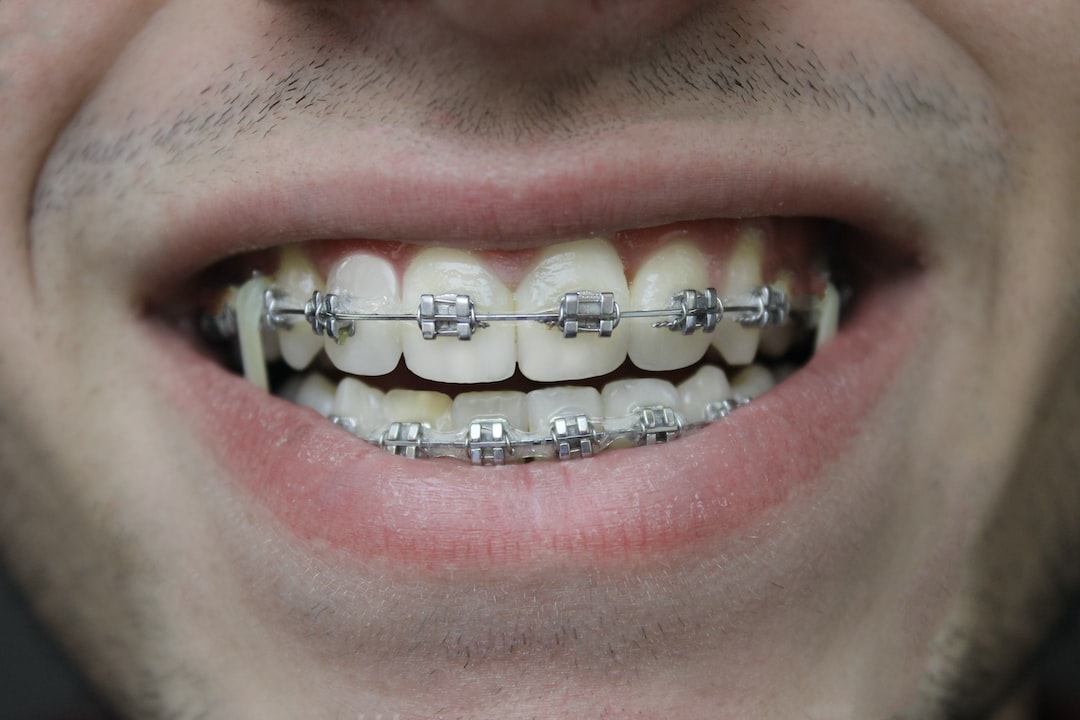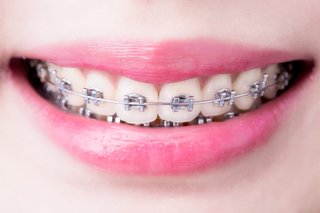Finding the Right Cumming Orthodontist for Your Braces and Aligners Needs
Finding the Right Cumming Orthodontist for Your Braces and Aligners Needs
Blog Article
Comprehensive Overview to Orthodontics Treatments for Dealing With Dental Misalignments
Understanding the ins and outs of each treatment, including their mechanisms, benefits, and prospective downsides, is essential in making notified choices about one's orthodontic treatment. As we navigate with the thorough overview to orthodontic procedures for fixing oral imbalances, the detailed details of each method will unfold, losing light on the course towards a harmonious and functional dental positioning.
Orthodontic Procedures Introduction

Routine adjustments and surveillance are important components of orthodontic treatment to make certain development is on track and to make any kind of required alterations along the method. By undertaking orthodontic procedures, individuals can not only accomplish a straighter grin however also enhance their total oral health and wellness and feature.
Conventional Dental Braces: Just How They Function
When thinking about orthodontic treatments for dental misalignments, conventional braces stand apart as a time-tested technique for remedying teeth positioning. Conventional braces include brackets, wires, and bands that collaborate to apply continuous stress on the teeth, progressively relocating them right into the preferred positioning. The brackets are connected to the teeth using an unique adhesive, and the cords are threaded via the brackets. By changing the tension of the cords, orthodontists can regulate the instructions and force put on each tooth, guiding them right into appropriate positioning in time.
One trick aspect of just how standard braces job is the process of bone remodeling. As stress is used to the teeth with the braces, the bone bordering the teeth is reshaped to sustain the new tooth placements. This improvement is necessary for the long-term security of the fixed placement. Individuals will certainly require regular adjustments at the orthodontist's workplace to ensure the dental braces continue to apply the correct pressure for effective teeth activity.
Undetectable Aligners: Cons and pros
These clear, custom-made trays are practically unnoticeable when worn, making them an appealing choice for people looking for a much more visually pleasing orthodontic treatment. Clients can remove the aligners before consuming or cleaning their teeth, decreasing the danger of food getting stuck in the appliance and simplifying the cleansing procedure.

Surgical Orthodontic Options
Surgical treatments in orthodontics present sensible options for attending to complex dental misalignments that may not be properly fixed via conventional orthodontic treatments. While unseen aligners and traditional dental braces can fix several orthodontic issues, certain situations call for medical intervention to achieve ideal outcomes. Surgical orthodontic options are normally advised for severe malocclusions, considerable jaw inconsistencies, and instances where the underlying bone framework requires modification to achieve appropriate placement.
One common surgical orthodontic procedure is orthognathic surgery, which involves repositioning the jaws to fix practical problems such as difficulty speaking or chewing. This surgery is frequently carried out in partnership with an orthodontist who helps align the teeth prior to and after the procedure. Surgical orthodontics might additionally entail treatments to subject affected teeth, eliminate excess gum cells, or improve the jawbone to develop a more harmonious facial profile.
Prior to taking into consideration medical orthodontic choices, clients undergo a comprehensive analysis to establish the requirement and prospective benefits of such treatments. cumming braces. While surgical treatment may appear daunting, it can substantially enhance both the function and visual appeals of the smile in orthodontist instances where traditional orthodontic treatments fail
Retainers and Post-Treatment Treatment

Failing to comply with post-treatment care guidelines can result in regression, where the teeth gradually move back in the direction of their original placements. Consistent retainer wear, great dental health, and regular dental examinations are crucial for maintaining the results accomplished via orthodontic surgery and making certain the long-term stability of the remedied oral placement.
Conclusion
In conclusion, orthodontic procedures use numerous alternatives for correcting oral imbalances. Traditional braces use metal brackets and wires to shift teeth into proper positioning. Undetectable aligners provide a more discreet alternative but may not appropriate for all cases. Surgical orthodontic options are available for more severe misalignments. Retainers are commonly used post-treatment to maintain the brand-new placement. On the whole, orthodontic treatments can properly enhance dental health and wellness and aesthetic appearance.
As we browse with the extensive overview to orthodontic treatments for fixing dental imbalances, the detailed information of each method will certainly unfold, shedding light on the course toward a unified and useful dental alignment. - braces
One of the most common orthodontic treatments is the usage of braces, which consist of steel brackets and wires that use gentle pressure to gradually move teeth into the wanted position.When taking into consideration orthodontic treatments for oral misalignments, typical braces stand out as a time-tested method for dealing with teeth positioning. In addition, unnoticeable aligners might not be suitable for complicated orthodontic issues that need more substantial teeth motion, as they are generally advised for mild to moderate instances. Retainers are customized orthodontic tools designed to hold teeth in their remedied placements after the completion of orthodontic therapy.
Report this page